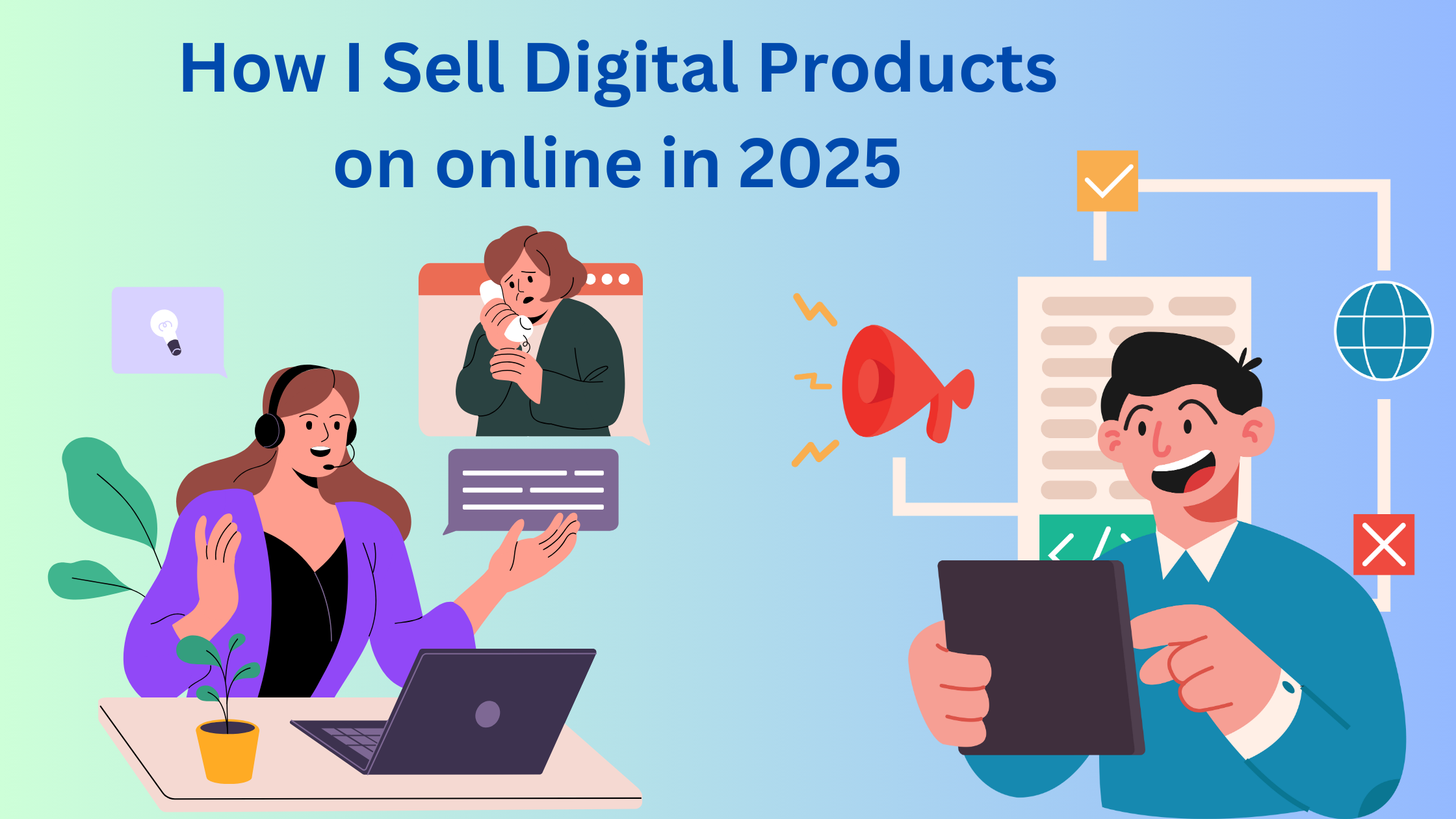
In 2025, selling digital products online has become more accessible and profitable than ever before. The key to success lies in leveraging the latest tools and strategies to reach a wide audience, deliver high-quality products, and create a seamless purchasing experience. The process begins with choosing the right digital product to sell, such as e-books, online courses, software, templates, or printables, based on market demand and your expertise. Once your product is defined, the next step is to identify your target audience by researching their needs, problems, and where they spend their time online.
Creating a high-quality product is crucial for standing out in a competitive market. Ensure your product is well-designed, user-friendly, and thoroughly tested before launching. Then, you’ll need to choose the best selling platform for your business , such as your own website, marketplaces like Etsy or Gumroad, or social media platforms like Instagram and Facebook Shops . Effective payment processing is also essential to ensure smooth transactions, with options like PayPal , Stripe , or Gumroad.
To drive sales, marketing strategies such as SEO, social media promotion, email marketing, and even affiliate marketing are key to reaching potential buyers. Paid advertising via platforms like Google Ads and Facebook Ads can also provide an additional boost. Once the product is launched, automation of delivery and customer support through tools like Gumroad or Shopify can save time and enhance the customer experience. Finally, to scale your business, regularly gather customer feedback , update your products , and introduce new offerings to grow your revenue and strengthen your brand. By following these steps and staying updated with trends, you can successfully sell digital products online in 2025.
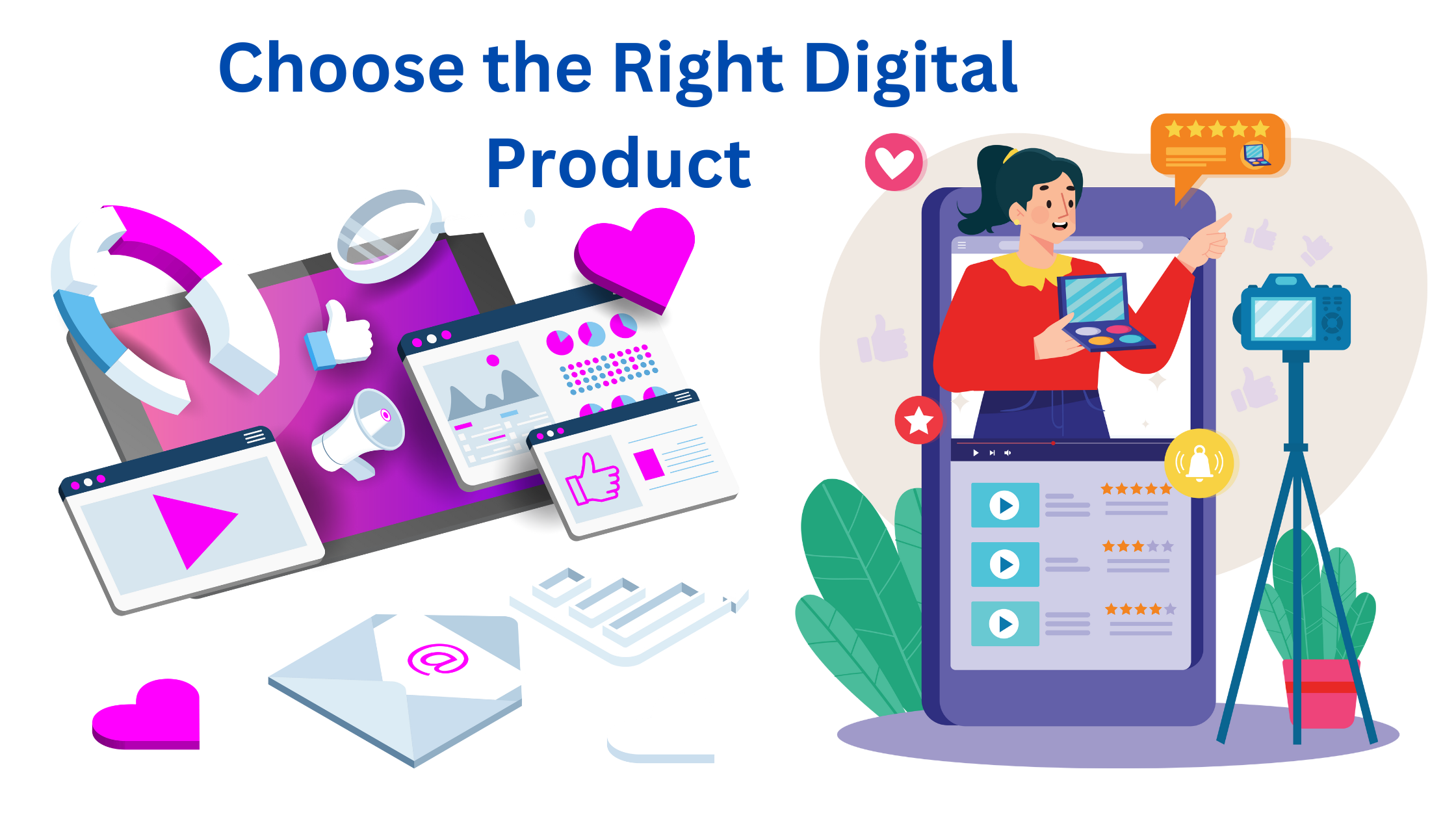
The first step in successfully selling digital products is determining what type of product aligns with your expertise, interests, and market demand. There is a wide range of digital product categories to choose from, and your decision should be influenced by both the value you can offer and the needs of your target audience. E-books , for instance, are a great option for those who are knowledgeable in specific areas such as self-help, tutorials, or guides. These are relatively easy to create and can be marketed to readers looking for in-depth information on a particular topic. Online courses have also become increasingly popular, especially in 2025, as more people turn to online education. Whether it's video tutorials or comprehensive educational content, courses offer a high-ticket, scalable product that can be delivered globally. The demand for skill-based education is constantly growing, and platforms like Udemy and Teachable make it simple to host and sell courses.
Alternatively, templates are another profitable digital product. Templates can range from resumes and websites to social media posts, offering great value to those looking to save time and effort in creating these materials. For example, WordPress plugins and SaaS (Software as a Service) applications are in high demand, as businesses continue to seek efficient tools to improve their website functionality or streamline operations. Additionally, music and audio products such as beats, background music, and sound effects cater to the growing creative industries, especially with the rise of podcasting, video content creation, and advertising. If you have a background in design or photography, stock photos and graphics can be another lucrative option, with businesses and content creators constantly seeking high-quality illustrations, icons, and design assets. Lastly, printables such as planners, worksheets, and calendars are highly sought after in the personal development and productivity niche, offering customers customizable and functional resources for their day-to-day activities. By carefully evaluating your skills and the preferences of your target market, you can select the right digital product that will not only cater to a specific need but also set you up for long-term success.
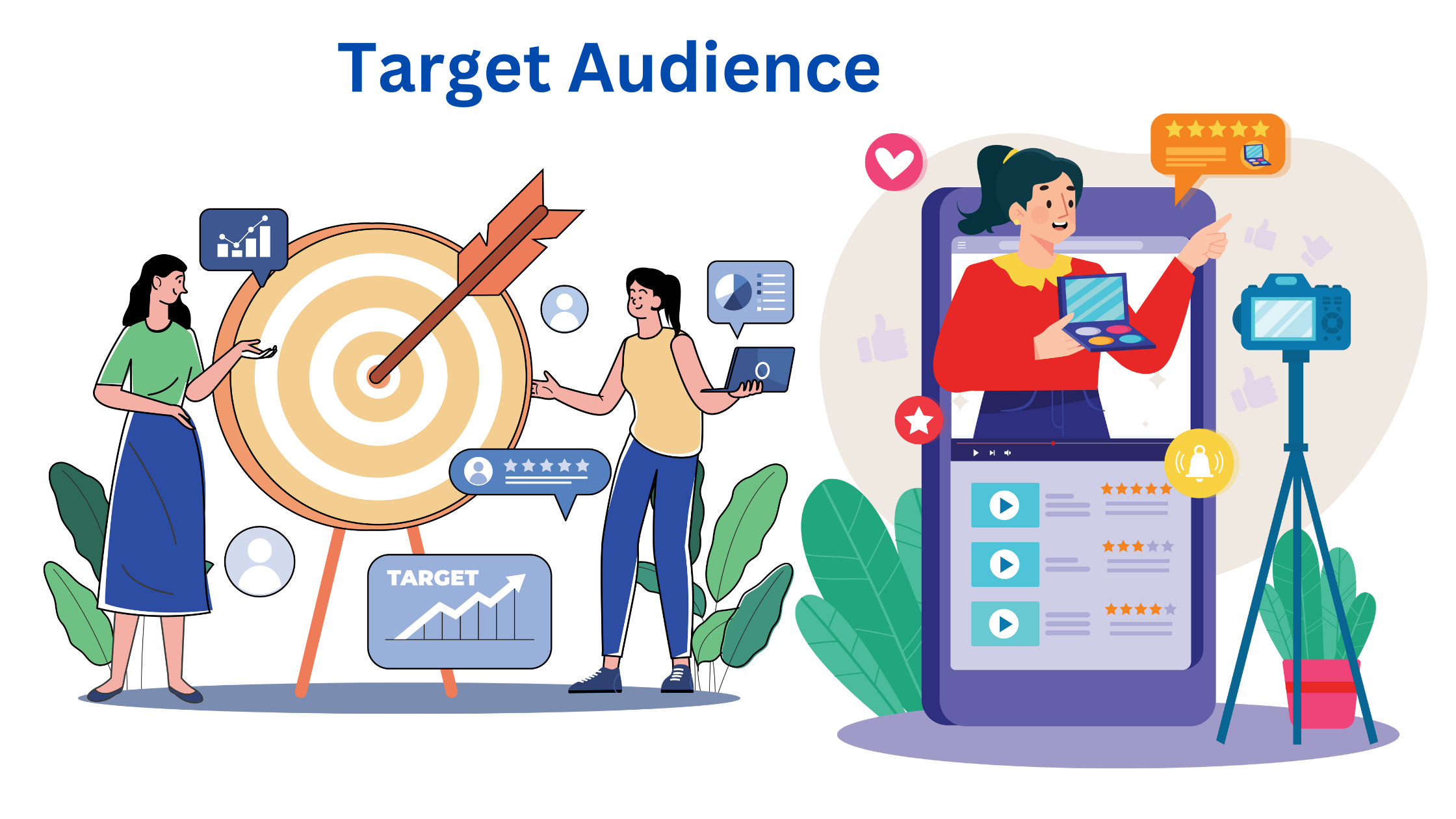
Before launching a digital product, it is crucial to understand who will buy it. Selling a product without a clear target audience is like shooting in the dark—your marketing efforts will be scattered, and conversions will be low. The first step is to define who needs your product and why they would pay for it. This involves identifying the specific problems your product solves and the type of people who are most likely to benefit from it. For example, if you are selling resume templates , your target audience might be job seekers, students, or professionals looking to upgrade their CVs. If you are offering online courses on digital marketing , your ideal buyers could be small business owners, aspiring marketers, or freelancers who want to grow their online presence. Understanding the needs and pain points of your potential customers helps in designing a product that genuinely adds value to their lives. Market research methods such as surveys, social media polls, competitor analysis, and customer feedback can provide valuable insights into what your audience is looking for.
Once you have a clear understanding of your ideal customers, the next step is to find out where they hang out online . This is essential for choosing the right platforms to promote your product. Different audiences use different digital spaces. For instance, if you are selling stock photos and graphics , your target market might be content creators and business owners who frequent platforms like Pinterest, Instagram, and Behance. On the other hand, if you are offering software tools or WordPress plugins , your audience may be developers and website owners who engage in forums like Reddit, Stack Overflow, and niche Facebook groups. Understanding your audience's online behavior helps you create highly targeted marketing campaigns. Instead of wasting money on broad advertisements, you can focus on SEO-optimized content, social media engagement, influencer collaborations, and email marketing tailored specifically for your buyers. The more refined your audience research, the easier it will be to craft compelling messages, reach potential customers, and boost sales effectively.
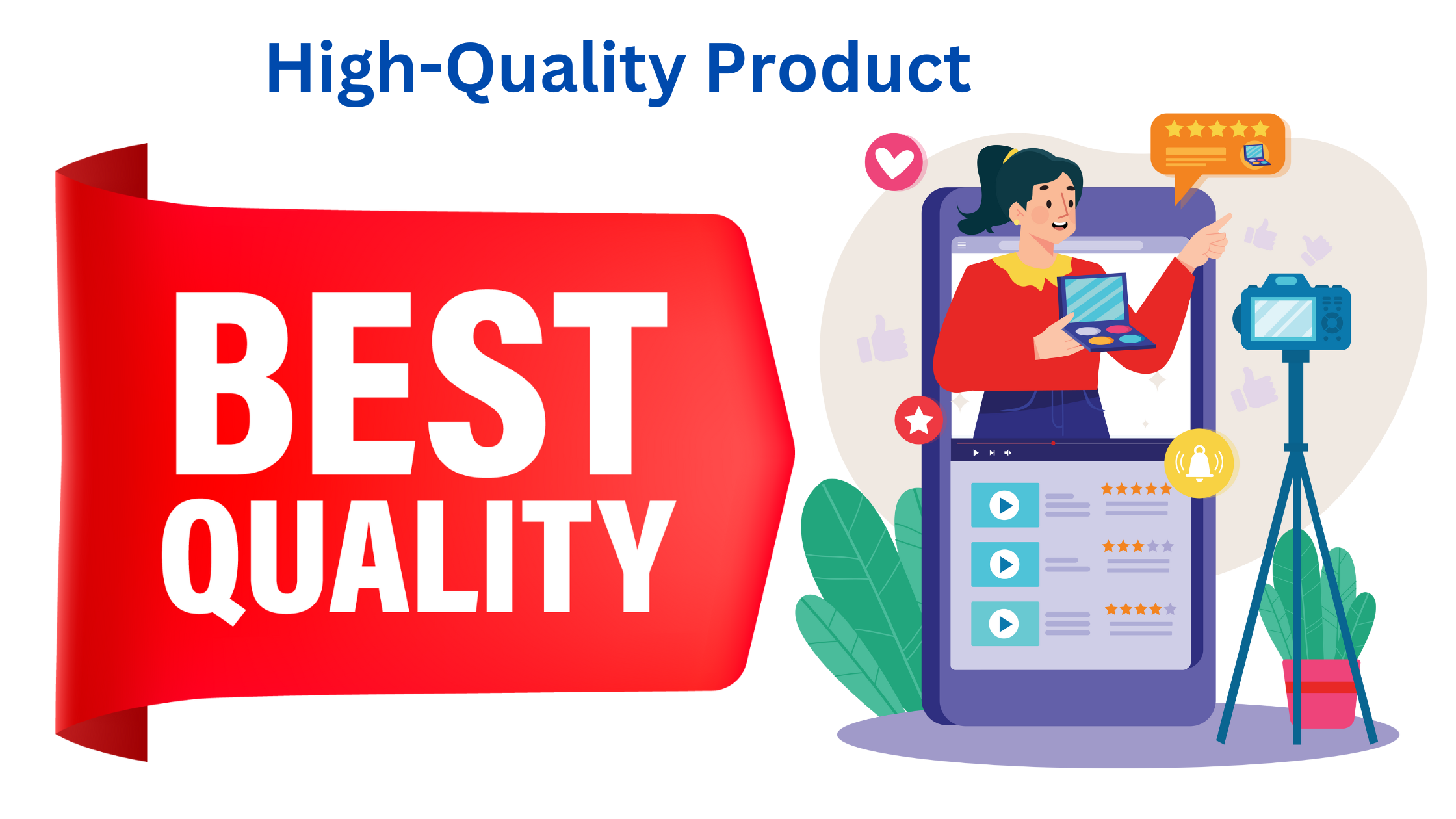
The success of a digital product depends on its quality, usability, and overall value to the customer. A high-quality product not only attracts buyers but also builds credibility and encourages repeat purchases. To ensure excellence, start by choosing the right format that best suits your product type. For instance, if you're creating an e-book , a well-formatted PDF or EPUB file will ensure a smooth reading experience across different devices. If you're offering an online course , high-definition MP4 videos with clear audio and subtitles can improve engagement. Similarly, for design assets , providing PSD, AI, or PNG formats ensures flexibility for users. Every digital product should be created with user convenience in mind , so it's important to offer multiple file formats whenever possible. Additionally, structuring the content logically enhances the overall experience. For example, an online course should be divided into modules with step-by-step lessons, while a software product should come with detailed documentation and an easy-to-navigate interface.
Beyond format and structure, testing is a critical step before launching a digital product. A product that is buggy, difficult to use, or poorly designed will result in negative reviews and refund requests. Conduct rigorous quality checks to ensure your product is error-free and meets industry standards. If you're selling software or plugins , test them across different operating systems and devices to identify potential issues. For online courses , review video and audio quality, ensure subtitles are accurate, and check for seamless navigation between lessons. If you're selling templates or printables , make sure they are high-resolution, easy to edit, and compatible with popular design tools like Canva, Photoshop, or Microsoft Word . Getting feedback from a small group of test users can help identify areas for improvement before the official launch. A well-tested, polished product not only enhances customer satisfaction but also reduces post-purchase complaints, leading to higher conversions and long-term business success.
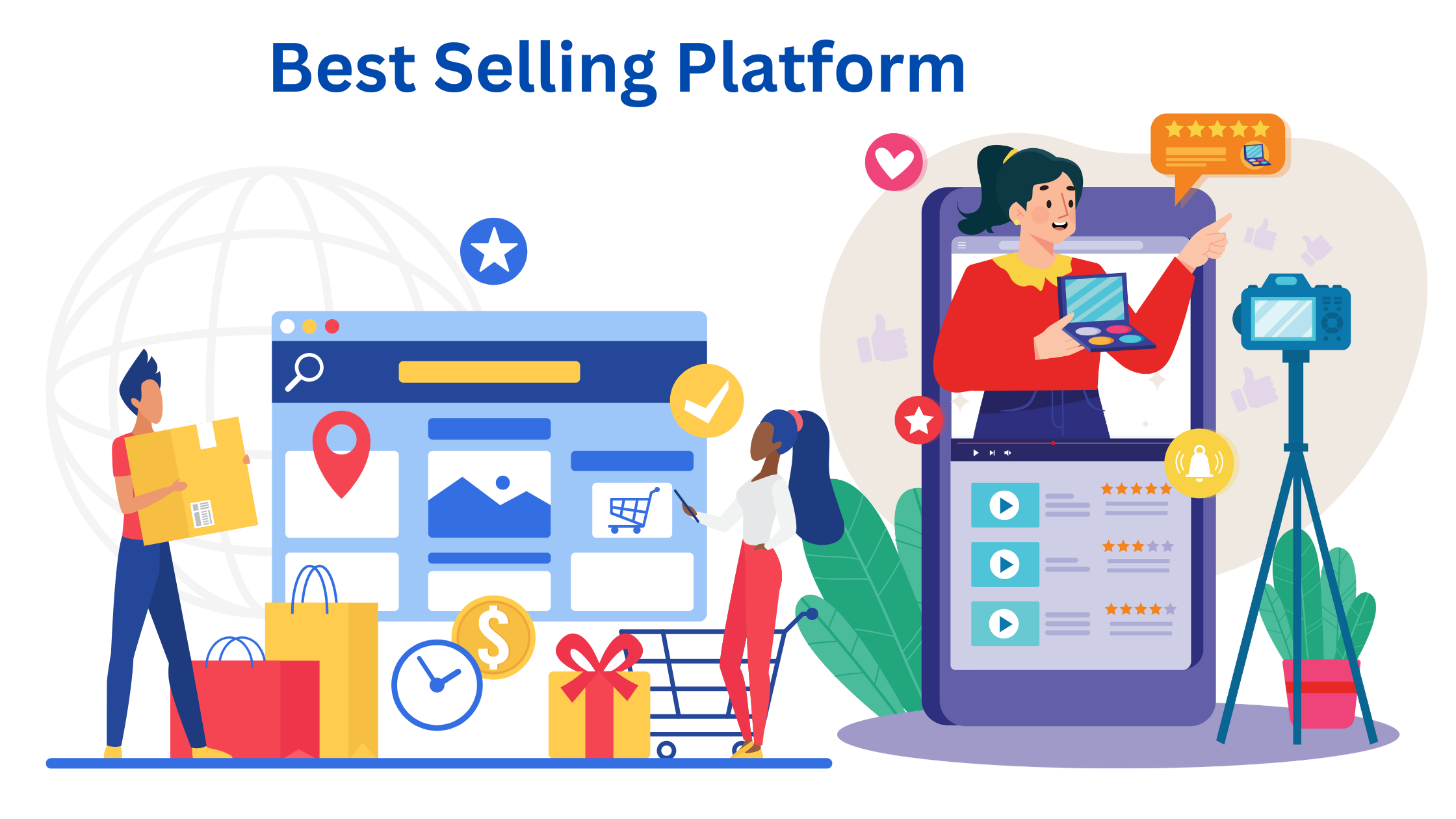
Selecting the right platform to sell your digital product is a crucial decision that affects your reach, sales, and overall business growth. One of the best options is selling through your own website , as it gives you complete control over branding, pricing, and customer interactions. Platforms like WordPress with WooCommerce, Shopify, and Gumroad allow you to create a professional online store where you can list your products, process payments, and manage customer relationships directly. Having your own website also improves SEO rankings , builds brand credibility, and enables email marketing to nurture long-term customer engagement. However, managing a website requires technical knowledge and ongoing maintenance, including security updates and performance optimization. If you prefer full independence and want to avoid platform fees, setting up your own store is the best choice for long-term growth.
If you want instant access to a large customer base, marketplaces like Etsy, Creative Market, Envato, and Udemy can be excellent choices. These platforms already have a massive audience actively searching for digital products, making it easier to get sales without extensive marketing efforts. For example, Etsy is great for selling printables and design templates , Creative Market and Envato are ideal for graphics, stock photos, and web assets , and Udemy is best for online courses . While marketplaces handle transactions and provide visibility, they charge fees and have strict guidelines that sellers must follow. Another effective selling method is leveraging social media and messaging apps like Facebook Shops, Instagram, and WhatsApp . These platforms allow you to connect directly with potential buyers and use targeted ads to boost sales. If your audience is highly engaged on social media, this can be a powerful way to sell without setting up a dedicated e-commerce store. The best approach often combines multiple platforms—having your own website for brand authority while leveraging marketplaces and social media for wider reach and faster sales.
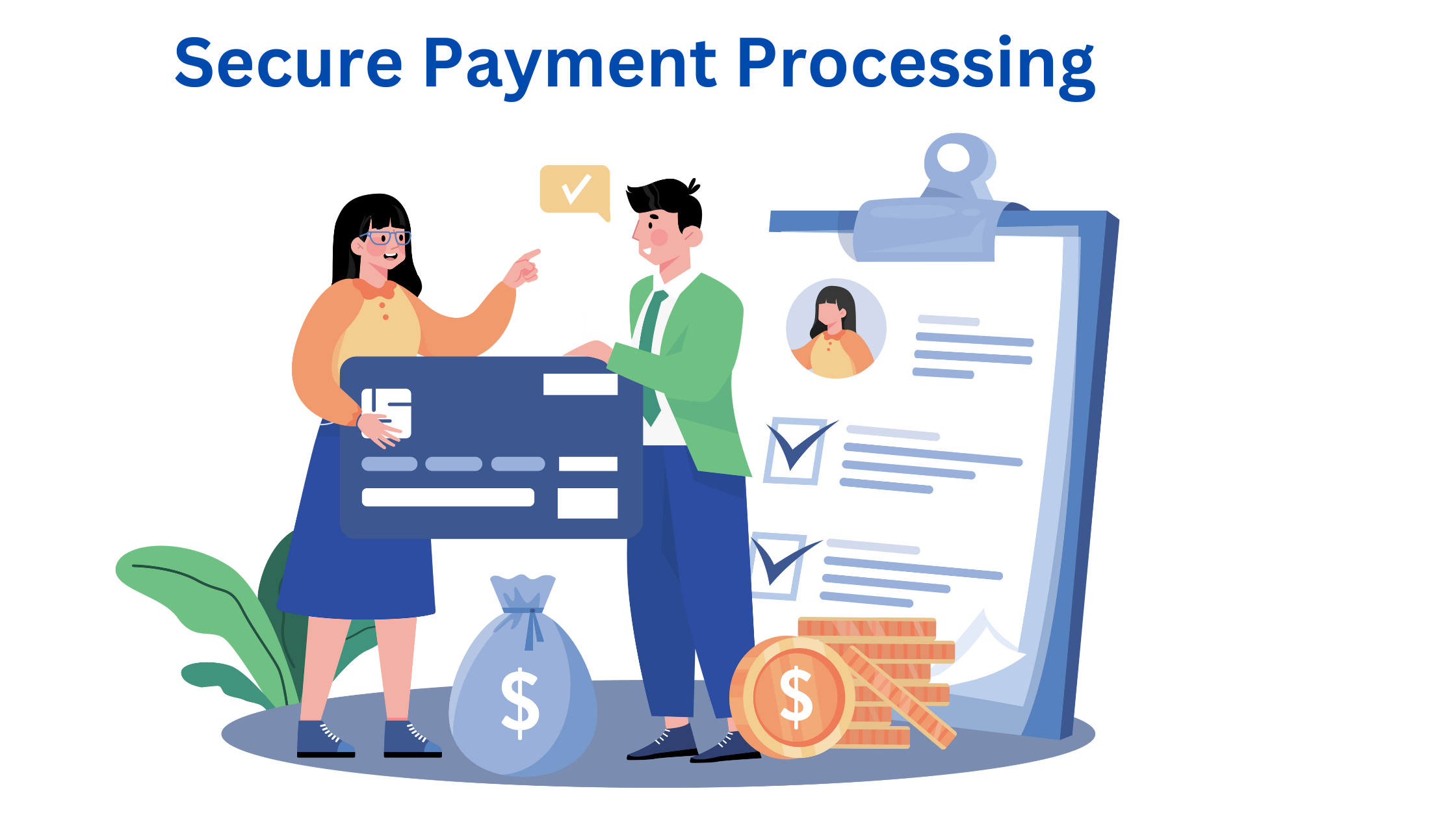
To accept payments, use:
A smooth and secure payment process is essential for selling digital products successfully. Customers need a trustworthy and hassle-free way to complete transactions, and offering multiple payment options increases conversion rates. Popular payment gateways like PayPal, Stripe, Gumroad, and Sellfy provide secure, fast, and user-friendly payment processing solutions. PayPal is one of the most widely used platforms, allowing customers to pay using their PayPal balance, credit, or debit cards. It is particularly beneficial for international transactions but charges higher fees than some alternatives. Stripe , on the other hand, is a great choice for businesses that want a seamless checkout experience. It supports credit card payments directly on your website , reducing friction for buyers. Stripe also integrates well with platforms like WooCommerce, Shopify, and custom-built e-commerce sites.
If you're looking for an all-in-one platform, Gumroad and Sellfy are excellent choices, especially for digital product sellers. These platforms handle both product hosting and payment processing , making it easy to start selling without setting up a complex e-commerce system. They support multiple payment methods, including credit cards and PayPal, and automatically deliver digital downloads after purchase. Security is a top priority when processing payments, so it's important to choose a payment gateway with fraud protection, SSL encryption, and compliance with PCI standards . Additionally, providing refund policies, transparent pricing, and clear transaction receipts builds trust with customers and reduces disputes. By selecting a reliable payment processor and ensuring a secure checkout experience, you can maximize sales while protecting both your business and your customers.
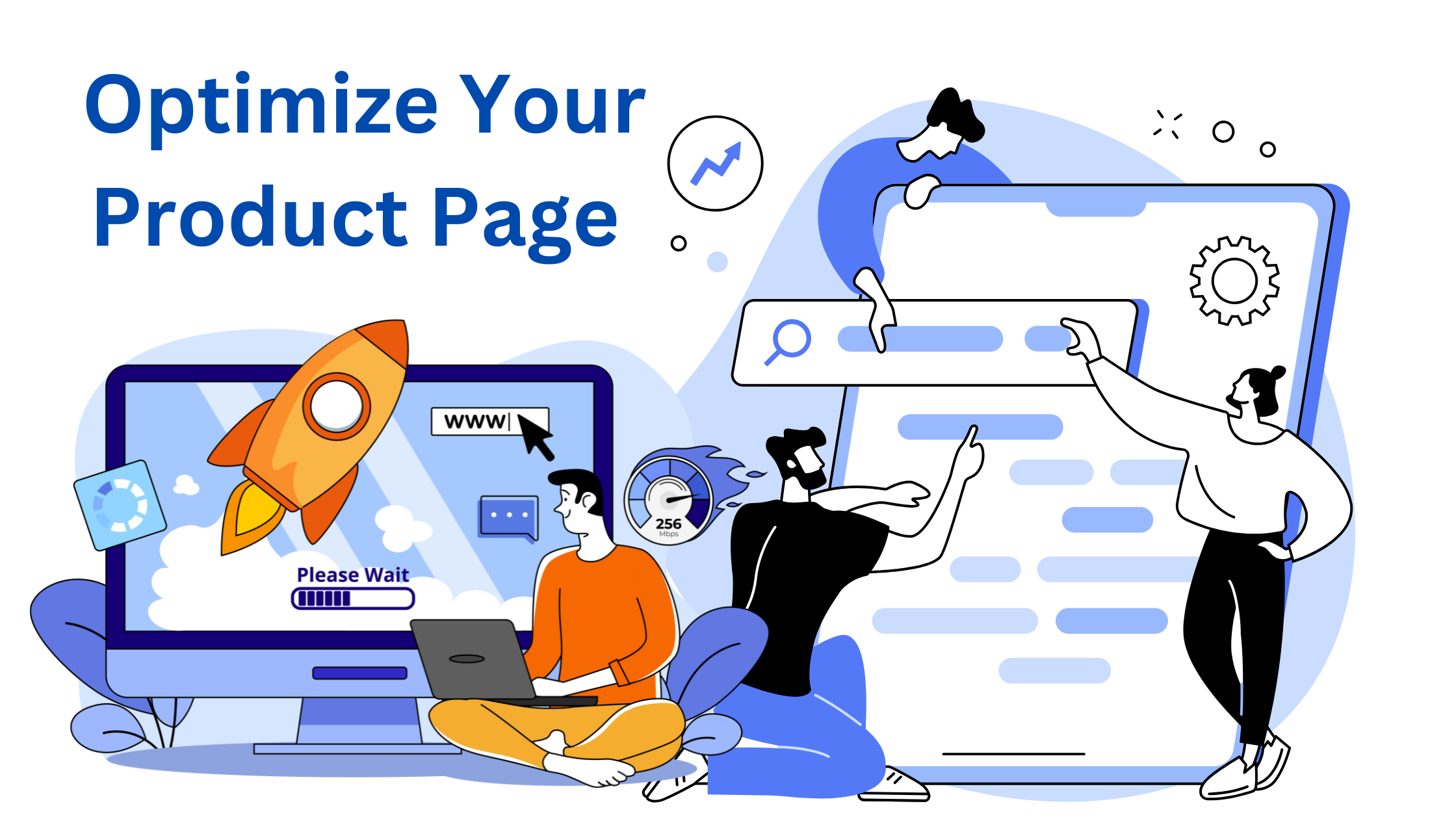
A well-optimized product page is essential for converting visitors into buyers. Your product description should be clear, detailed, and compelling , highlighting the key benefits of your digital product. Instead of just listing features, explain how your product solves a problem or adds value to the buyer’s life. Use bullet points, bold text, and short paragraphs to make the content easy to read. If you’re selling an e-book , mention its length, topics covered, and target audience. For online courses , describe the learning outcomes, number of lessons, and any included bonuses like workbooks or templates. Additionally, ensure that your pricing and refund policy are clearly displayed to avoid confusion. A transparent and informative product page builds trust and encourages potential buyers to make a purchase.
Visual appeal plays a huge role in convincing customers to buy. Use high-quality images, product previews, and demo videos to give buyers a clear idea of what they will receive. For example, if you are selling design templates , show mockups of how they look in real use. If it's a software tool or online course , provide screenshots or a short video walkthrough. Customer reviews and testimonials add credibility and act as social proof, reassuring potential buyers of your product’s quality. Display positive feedback prominently on your product page to increase trust. Finally, ensure that your checkout process is secure and seamless , with instant access to the digital download after purchase. Offering a money-back guarantee or free sample can further boost sales by reducing buyer hesitation. By optimizing your product page effectively, you increase conversions and create a smoother purchasing experience for customers.
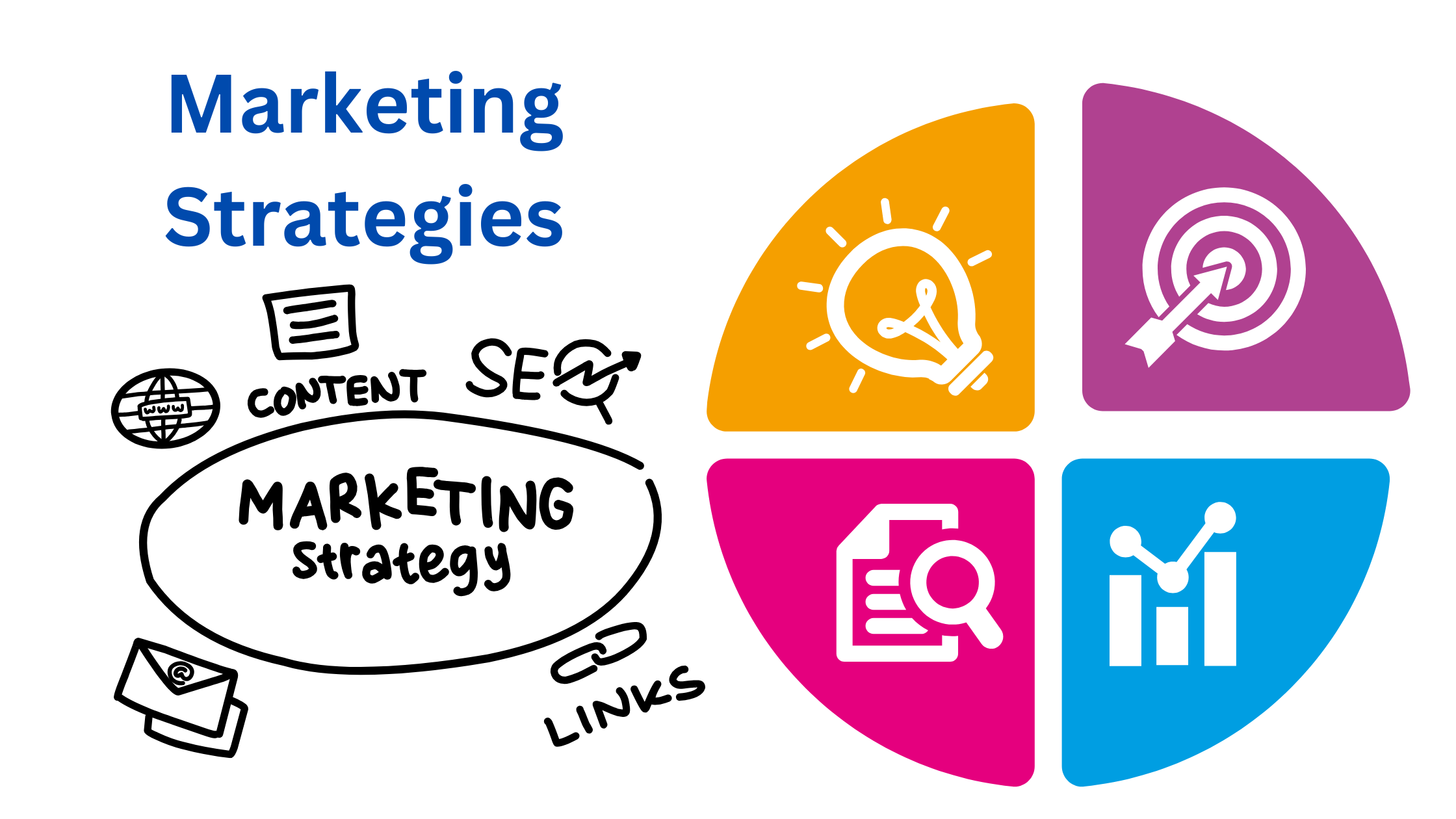
Marketing plays a crucial role in the success of your digital product. To drive sales, you need a mix of organic and paid strategies that maximize visibility and attract potential buyers. SEO and blogging are powerful tools for long-term success. By writing keyword-optimized blog posts related to your product, you can attract organic traffic from search engines. For example, if you’re selling an e-book on digital marketing , a blog post titled "Top 10 Digital Marketing Strategies for Beginners" can help drive targeted visitors to your product page. Use relevant keywords, internal links, and engaging content to boost search rankings. Similarly, social media marketing is essential for reaching a broader audience. Platforms like Instagram, Facebook, Twitter, and TikTok allow you to share engaging content, product updates, and customer testimonials. Creating short video previews, behind-the-scenes content, and user-generated testimonials can increase engagement and encourage purchases.
Another powerful strategy is email marketing , where you build an email list and send newsletters with valuable content, exclusive discounts, and product updates. Offering a free lead magnet (such as a free template, guide, or mini-course) in exchange for an email subscription helps grow your list. Affiliate marketing is another highly effective method where you partner with influencers, bloggers, and niche experts to promote your product in exchange for a commission. This allows you to tap into their audience and gain credibility. If you want instant results , investing in paid advertising through Google Ads, Facebook Ads, and Instagram Ads can drive targeted traffic to your sales page. Retargeting ads also help convert visitors who showed interest but didn’t buy . A combination of organic and paid marketing strategies ensures consistent traffic and higher sales over time.
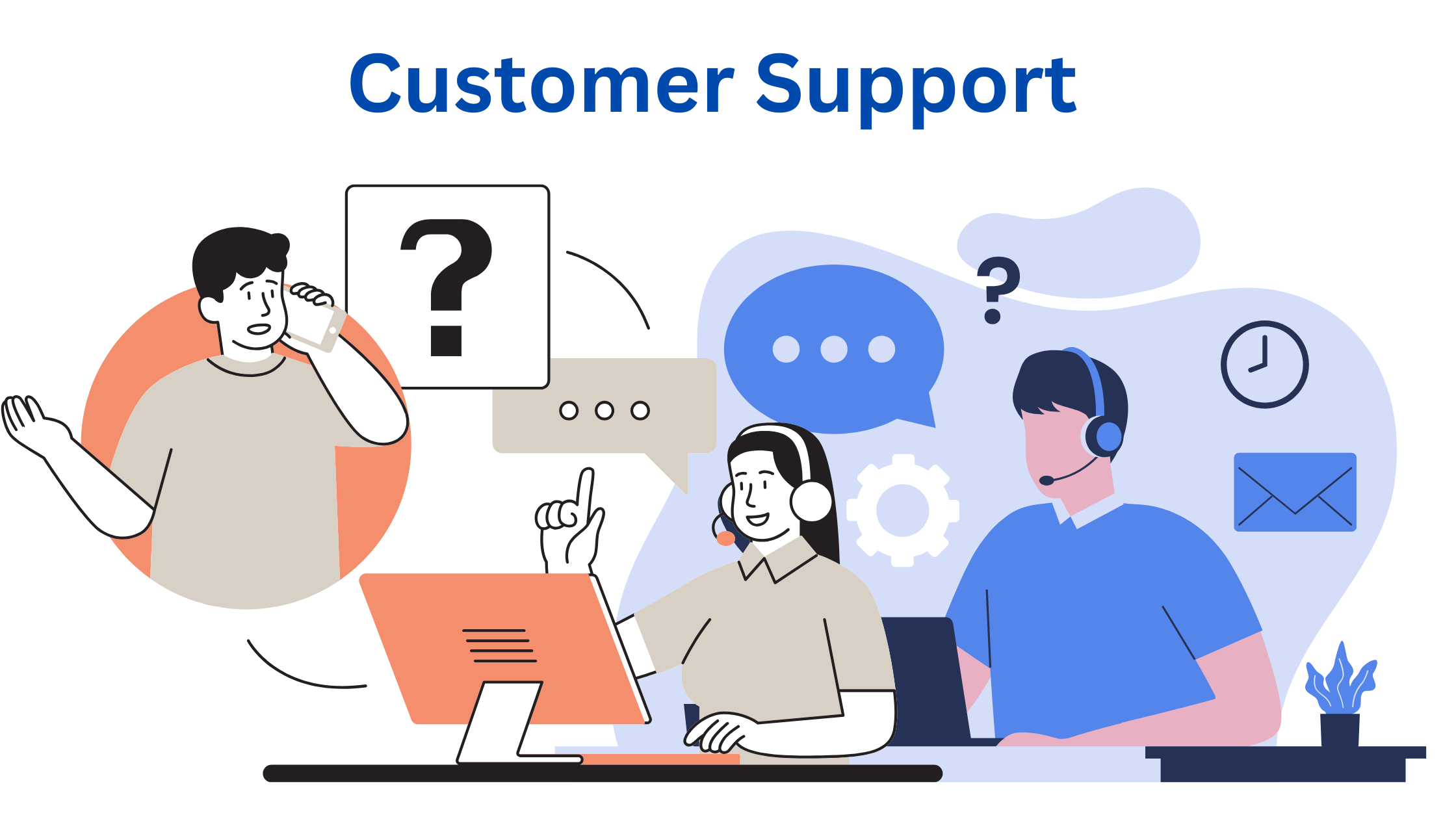
For a smooth customer experience, automating the delivery process and setting up efficient customer support is essential. When selling digital products, buyers expect instant access after purchase. Platforms like Gumroad, Shopify, and SendOwl automatically handle file delivery , ensuring customers receive their downloads without delays. This eliminates the need for manual intervention and reduces the risk of customer dissatisfaction. Make sure your digital files are properly formatted, compressed (if needed), and securely stored to prevent unauthorized distribution. Additionally, offering lifetime access or product updates can increase customer satisfaction and encourage repeat purchases.
Beyond automated delivery, providing reliable customer support helps maintain a professional reputation. A well-structured FAQs section on your product page can answer common questions about file formats, installation, usage, and refund policies. This reduces the number of support inquiries and helps customers solve issues on their own. However, some buyers may still need assistance, so offering support via email, live chat, or a ticketing system is essential. Platforms like Zendesk, Tawk.to, or HelpScout make it easy to manage customer queries efficiently. Quick responses and friendly, professional communication improve customer trust and satisfaction. By automating delivery and setting up effective support systems , you can focus on growing your business while ensuring a hassle-free experience for your customers.
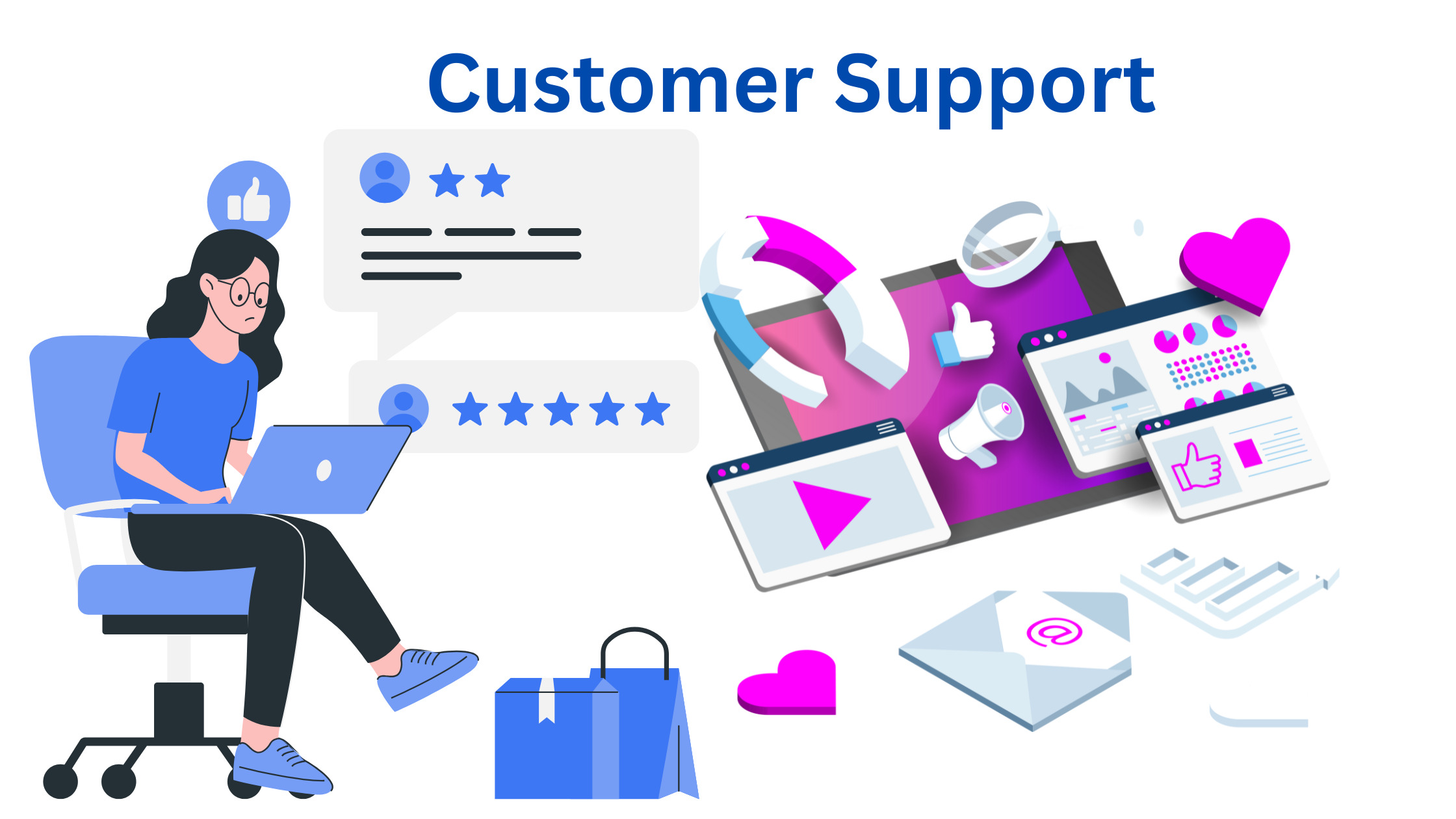
Once your digital product begins to generate consistent sales, it’s essential to focus on scaling and continuous improvement. Gathering customer feedback is a crucial first step in this process. Engaging with your customers through surveys, reviews, or direct feedback can help you understand their needs and pain points. Their insights will give you a clearer picture of what works well and what could be improved in your product. You can use feedback to refine your offerings, add new features, or resolve issues that customers may have encountered. This approach not only enhances the quality of your current product but also helps you build better relationships with your audience, demonstrating that you value their input and are committed to providing high-quality products.
Updating and improving your product regularly keeps it relevant and increases its perceived value. Whether it’s adding new content to an online course, releasing new templates, or upgrading software features, keeping your product fresh will encourage repeat purchases and prevent stagnation. Additionally, creating new digital products allows you to diversify your revenue streams. Expanding your product range could involve launching related products, such as offering an advanced course if you already have a beginner-level one, or introducing a new template design . Introducing new products keeps your business dynamic and attracts a broader audience. With a focus on continuous improvement, gathering feedback, and diversifying your offerings, you can successfully scale your digital product business and increase revenue over time.